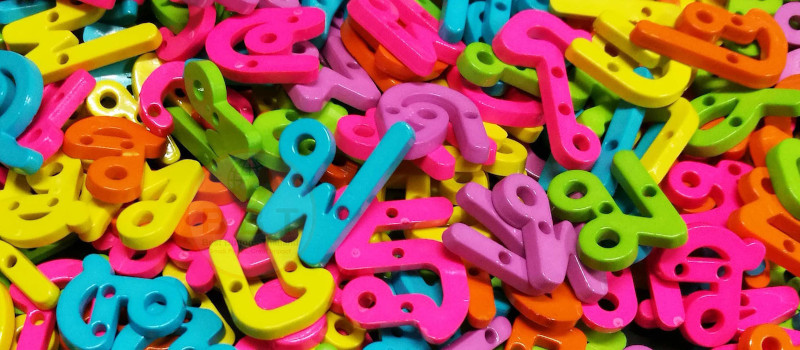about consonants
We said in the introduction that there aren’t really 44 consonants. This is because 2 are now obsolete, and another 10 are very rarely used. So we’re down to 32 must-know consonants already!
Let’s look at how we talk about the Thai consonants.
ก
gaw gai is the first letter of the alphabet.
This is its full name:
This is how we’ll refer to letters, without the name:
and this is the sound it makes as an initial consonant:
So why ‘gaw gai’? Why is it so complicated to talk about letters in the Thai alphabet?
Think about how we say letters in English:
| A (ay) | C (cee) | F (eff) |
| J (jay) | E (eee) | L (ell) |
| K (kay) | V (vee) | M (emm) |
We attach a vowel sound to all the consonants. In the first column we attach ‘ay’, and in the second column we attach ‘ee’. In the last column we use the preceding vowel sound ‘e’. This is exactly what the ‘aw’ sound is in Thai – it’s just an attached vowel sound. All Thai consonants have the ‘aw’ sound attached when we say them individually.
OK, but what about the ‘gai’ part?
As children we learned our alphabet using A for apple, B for ball, etcetera. This is exactly the same. ‘gai’ means chicken, so what we are saying is ‘gaw’ as in ‘gai’. It’s practical to do this in Thai, where we have multiple S’s, T’s, F’s and other letters. This naming helps us differentiate. For the geeks out there, it’s called an acrophonic.
The only reason you’d need to memorise the consonant names is if someone was to tell you how to spell a Thai word, otherwise learning them is just going to slow you down. In our lessons we only concentrate on the sounds each consonant makes, but the names are in the reference table if you want to learn them.
Although we’ve transliterated this letter as a ‘g’, it is in fact somewhere between a ‘g’ and a ‘k’. Try to model your own pronunciation on what you hear in the audio, rather than what you see written as a transliteration. The English phonetic guide will be discarded as soon as new Thai letters have been learned.
